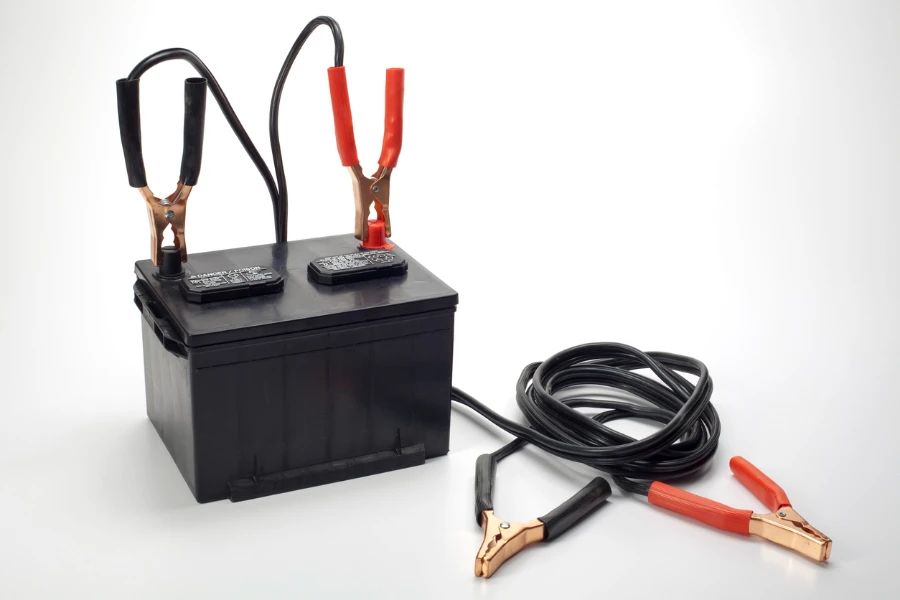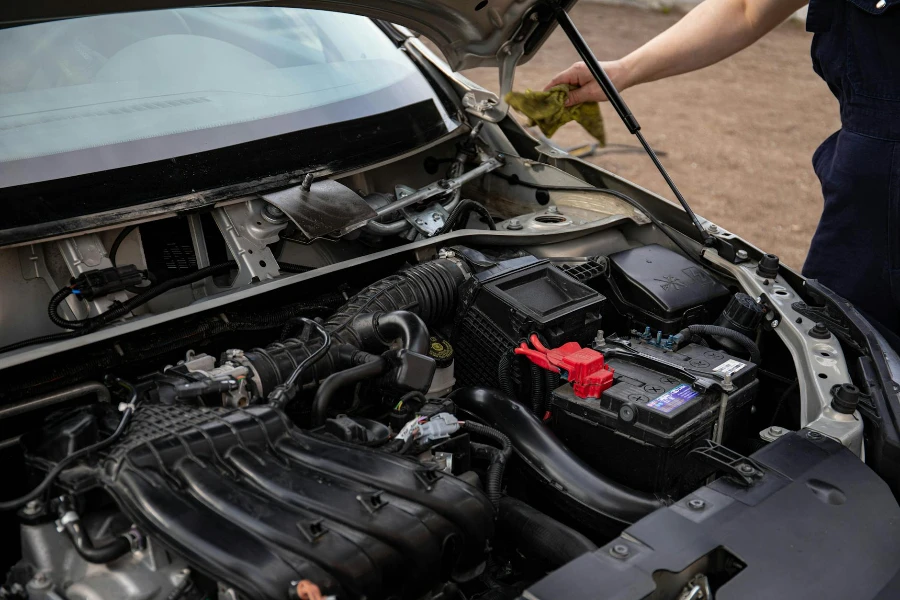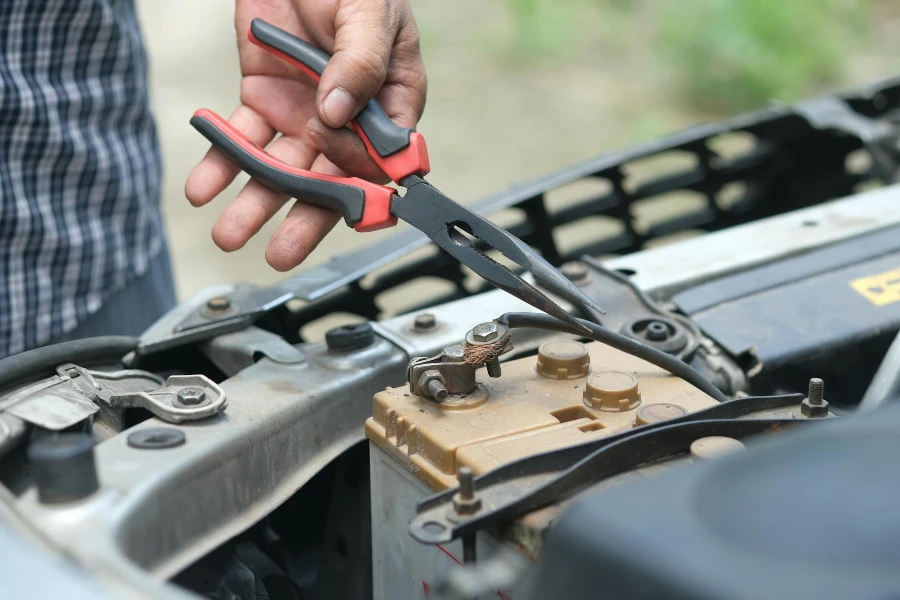A car battery charger is an essential tool for every vehicle owner, designed to keep your car’s battery in optimal condition and extend its life. This guide delves into the workings of car battery chargers, explores their benefits and drawbacks, and provides practical advice on selecting and using them. Whether you’re a seasoned motorist or a new car owner, understanding how to maintain your vehicle’s battery can save you time and money.
Table of Contents:
1. What is a car battery charger?
2. How does a car battery charger work?
3. Benefits and drawbacks of a car battery charger
4. How to choose a car battery charger
5. How to use a car battery charger
What is a car battery charger?

A car battery charger is a device designed to replenish the charge in a vehicle’s battery, ensuring it has sufficient power to start the engine and run electrical components. Unlike jump starters, which provide a quick surge to kick-start a dead battery, chargers slowly replenish the battery’s charge over time. They come in various types, including trickle chargers, which maintain a battery at its optimal charge, and smart chargers, which can adjust the charging rate based on the battery’s condition.
How does a car battery charger work?

Car battery chargers operate by converting AC power from the electrical outlet into DC power, which can be absorbed by the battery. They use a transformer to lower the voltage and a rectifier to convert AC to DC. The charger then regulates the voltage and current sent to the battery based on its type and condition. Smart chargers, for instance, monitor the battery’s voltage, temperature, and charging rate, adjusting these parameters to prevent overcharging and extend the battery’s lifespan.
Benefits and drawbacks of a car battery charger

The primary benefit of using a car battery charger is the extension of your battery’s life. Regular charging prevents the battery from fully depleting, which can cause irreversible damage and reduce its lifespan. Additionally, having a charger means you’re less likely to find yourself stranded with a dead battery. However, there are drawbacks, including the need for a power source and the risk of overcharging with manual chargers, which can damage the battery.
How to choose a car battery charger

Selecting the right car battery charger depends on your needs and the type of battery in your vehicle. Consider the charger’s amperage, with higher amps charging the battery faster. The type of battery—lead-acid, AGM, gel, or lithium-ion—also dictates the charger you should use, as some chargers are specifically designed for certain types. Additionally, look for features like multiple charging modes, safety protections (against overcharging, short-circuiting, and reverse polarity), and portability if you plan to carry it in your vehicle.
How to use a car battery charger

Using a car battery charger is straightforward but requires attention to detail to ensure safety and effectiveness. First, ensure the charger is off and connect the positive clamp to the battery’s positive terminal, then the negative clamp to a ground point on the vehicle’s frame. Set the charger to the correct settings for your battery type and desired charge rate. Once connected, turn on the charger and let it run until the battery is fully charged, monitoring the process to prevent overcharging.
Conclusion:
A car battery charger is a valuable tool for maintaining your vehicle’s battery health and ensuring it’s always ready to start your engine. By understanding how these chargers work and how to select and use them properly, you can extend your battery’s lifespan and avoid the inconvenience of a dead battery. With the right charger in your garage, you’re well-equipped to keep your vehicle running smoothly for years to come.




